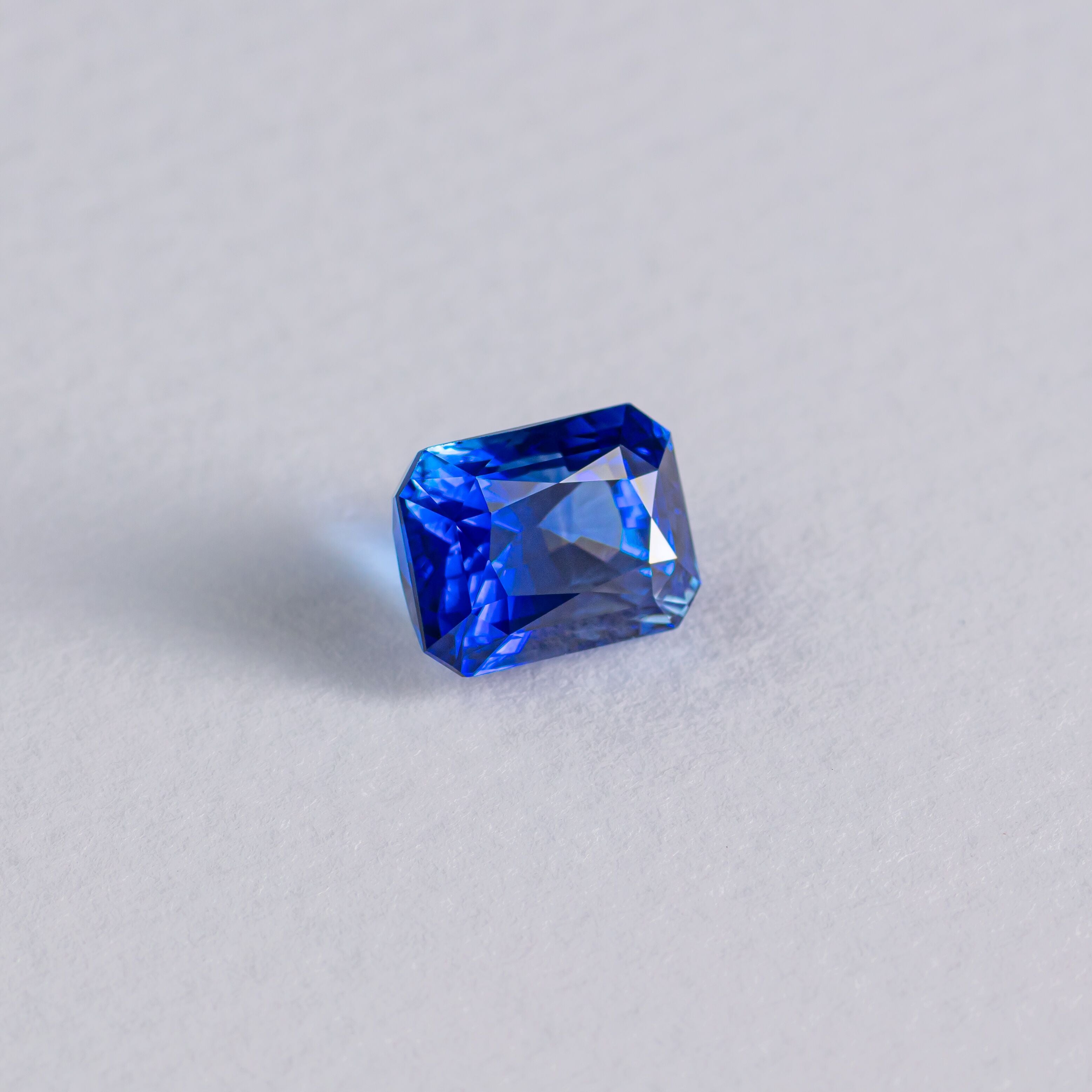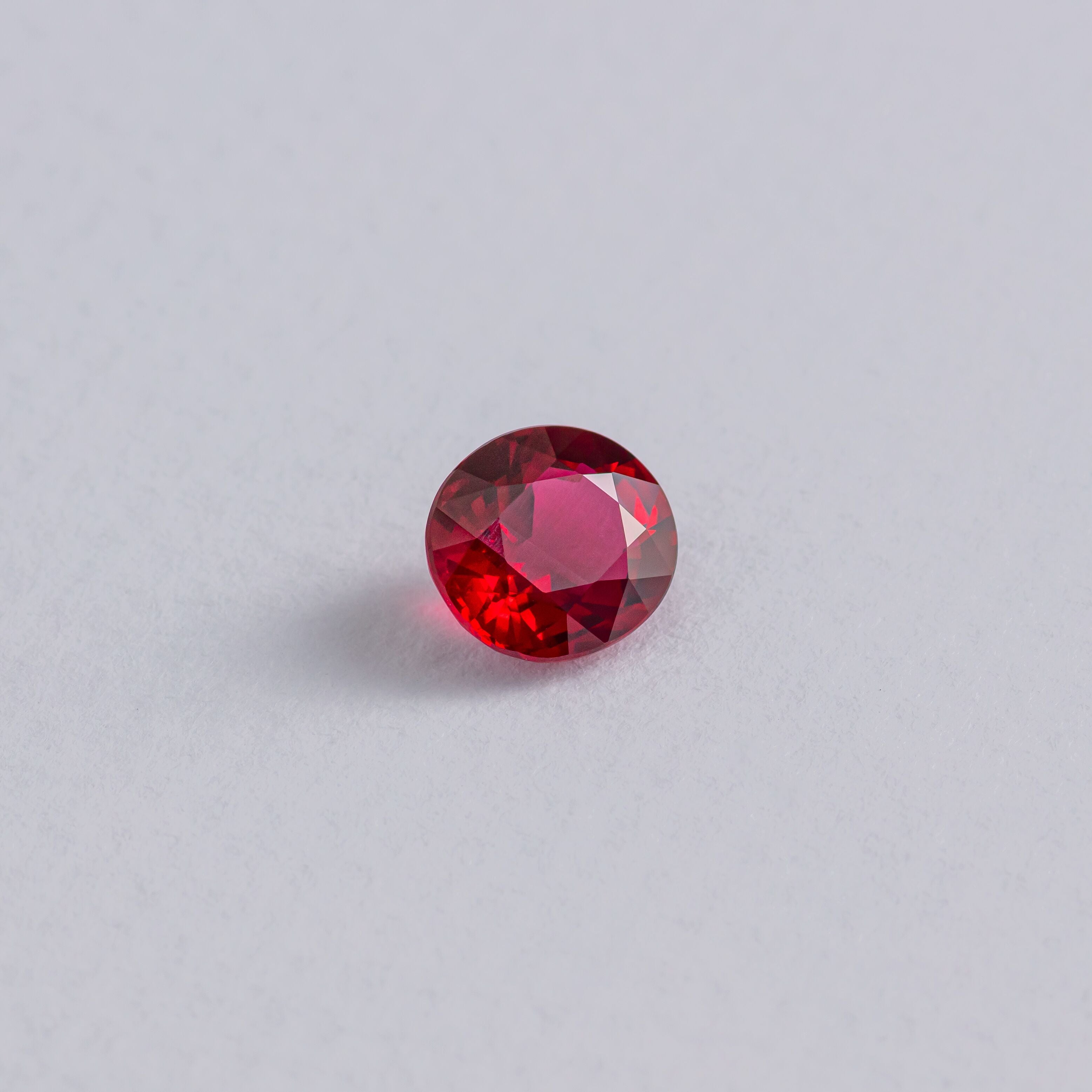Article: Sapphire Buying Guide

Sapphire Buying Guide
Sapphire is the most popular gemstone after diamond due to its range of brilliant blues, other bright colours and durability. Sapphire is a type of corundum and has a hardness of 9 on the Mohs Scale, making it an excellent choice for jewellery. They are becoming an increasingly popular choice for engagement rings as they are a little more personal and unique than standard diamond engagement rings.
Colour - Sapphires come in a wide range of colors, the most common being blue but shades such as yellow, peach (padparadscha) and green have become more popular in recent years. In general, the more intense the colour, the more valuable the stone.
Colour is the most important influence in determining a coloured gemstone’s value. The mostly highly valued blue sapphires are medium to dark in tone, from an intense royal to midnight blue. Other terms used in the industry to determine intense colour for a blue sapphire are ‘vivid blue’ or ‘cornflower blue’. The saturation of colour must be as strong as possible without darkening the look of the stone or compromising its brightness. About 95% of all sapphires have undergone heat treatment to enhance their natural colour. This is a widely accepted practice in the industry. For more information on treatments, please see the section below.
Clarity - Sapphires typically have some inclusions. High clarity is rare in a sapphire and will contribute to its higher value. Most sapphires will have some inclusions that can be seen under a 10x jeweller’s loupe. Inclusions will normally be in the form of long mineral deposits called ‘needles’ or fine needles called ‘silk’. They may often have mineral crystals, ‘colour banding’ where darker lines might be evident in the stone, ‘colour zoning’ where saturation of colour varies and ‘healed breaks’ that look a little bit like fingerprints. Extremely bad inclusions will lower a sapphire’s value, especially if they can impact the durability of the stone.
Cut - Sapphires are cut to achieve the best possible colour, proportions and weight retention. Many sapphires are not cut well, compromising their colour and brightness. What sets Caldera apart from many other traders is our strong focus on exceptionally well-cut gemstones. Choosing a well cut gemstone is as much an art as a science. It is an area that we pride ourselves in and we excel in.
Weight - Blue sapphires can range up to hundreds of carats while larger peach, green, yellow and orange sapphires can be harder to come by. Carat weight has an enormous impact on the price of fine quality sapphires and large fine quality sapphires are rare and very valuable.
Treatments - There are multiple types of treatments used on Sapphires, but at Caldera we only sell natural unheated or heated sapphires. Unheated sapphires have only been cut and polished and their colour is completely natural. A good unheated natural colour sapphire is extremely rare and valuable.
Around 95% or more of all sapphires worldwide have been treated with a one-off heat treatment, resulting in enhanced colour, removal of colour zoning and improving a sapphires clarity. Heat treatment is considered entirely acceptable in the jewellery trade as no chemicals have been added and the integrity of the gem has not been affected. It is also the oldest form of treatment used for sapphires.
Other treatments such as beryllium treatment, fracture filling, surface diffusion and irradiation will affect the value of a sapphire and should always be disclosed by reputable professionals. These treatments either apply chemicals or drastically change a stone’s colour or clarity by chemical reaction or filling methods.

